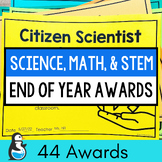526 results
Earth sciences scaffolded notes for Microsoft Word

3rd Grade Climate Zones of the World Booklet-NGSS aligned
This basic booklet includes scaffolded notes pages for six major climates of the world: temperate, polar, arid/desert, tropical, Mediterranean and mountainous.
Here are the specifics of what you will get:
-Title page including small black-line graphic for each climate zone.
-One page for each zone that includes the following: A scaffolded definition of each zone type, an illustration box, and a blank world graphic so students can highlight the location of each zone.
-Answer key.
Excellent
Subjects:
Grades:
2nd - 4th
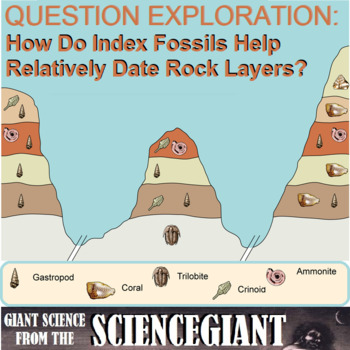
Question Exploration: How do Index Fossils Help Relative Dating of Rock Layers?
How Do Index Fossils Help Relative Dating of Rock Layers? This Question Exploration helps Ss explain index fossils and relative dating using Steno’s law of superposition, the principle of original horizontality, and the principle of lateral continuity. Question Exploration Routine is an instructional methods that teachers can use to help a diverse student population understand a body of content information by carefully answering a critical question to arrive at a main idea answer. The Concept Co
Subjects:
Grades:
6th - 10th
NGSS:
MS-ESS1-4
, HS-ESS1-6
, MS-ESS2-3
, HS-ESS2-1

Heat Transfer Vocabulary Notes for Convection, Conduction, and Radiation
These scaffolded notes double as graphic organizers while students preview, discover, summarize, or review definitions and examples of convection, conduction, and radiation. This science activity aligns with vocabulary from Virginia Science SOL Standard 6.3b.
Subjects:
Grades:
5th - 7th
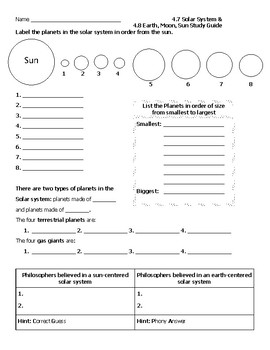
Earth, Moon, Sun, Solar System Science Study Guide
Aligned with Virginia Science Standards 4.7 and 4.8, this study guide reviews characteristics of the Earth, Moon and Sun. Students are asked to define and give examples of rotation and revolution. It reviews order of the planets in our solar system by size and from the sun. Sun-centered and Earth-centered philosophers are included. This can be used for individual review to prepare for end of unit tests or for the end of year standardized test (SOL). It can also be used as a whole group review.
Subjects:
Grades:
3rd - 12th

Severe Weather: Storms Guided Notes
These Severe Weather Storm Guided Notes go best with the Severe Weather: Storms Powerpoint. The guided notes are a graphic organizer style, with helpful diagrams/visuals to increase student comprehension and retention. The notes cover: basic about the storm and dangers, destruction, safety measures.Together, the powerpoint and guided notes introduce the five main severe weather/storms: Hurricanes, Tornadoes, Thunderstorms, Winterstorms and Floods. I love to have an exciting "Storm Day" with my s
Grades:
5th - 9th
Types:
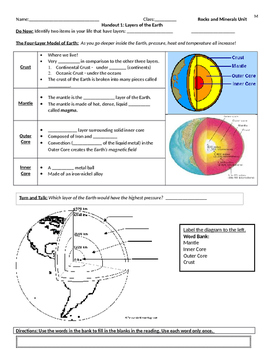
Layers of the Earth Guided Notes and Worksheet
Use this worksheet with the Layers of the Earth powerpoint to teach your students about the layers of the Earth!
Subjects:
Grades:
3rd - 9th

Oceanography Science Study Guide
This study guide is aligned with Virginia Science Standard 5.6, Oceanography. Students are able to review and describe the features of the ocean floor, ocean water movements, food chains, as well as changes that occur throughout different ocean zones. This can be completed individually or whole group as review for end of unit tests or end of year standardized tests (SOL).
Subjects:
Grades:
3rd - 12th
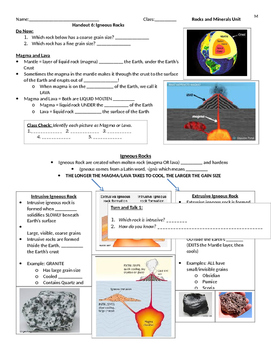
Igneous Rocks Guided Notes and Worksheet
Use this handout with "Igneous Rocks Powerpoint" to teach your students about:
-the difference between magma and lava
-how extrusive and intrusive igneous rocks form
-how to distinguish between extrusive and intrusive igneous rocks
-common examples of extrusive and intrusive igneous rocks
Subjects:
Grades:
3rd - 9th

Water Filtration
Students watch "Flush to Finish" to learn what happens to water as soon as it goes down the drain or toilet and is normally forgotten about. This video shows the importance of water conservation, appreciation for water as a resource, and how to keep the water cycle clean.
Subjects:
Grades:
7th - 12th
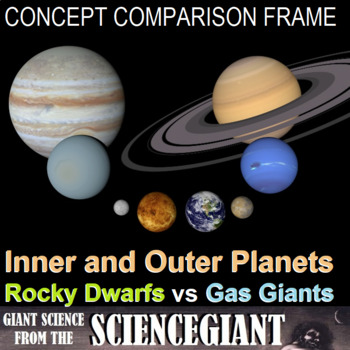
Concept Compare: The Inner and Outer Planets (rocky dwarf vs. gas giant)
How are the other planets of our solar system different from Earth? This Concept Comparison Frame helps students contrast the Inner and Outer Planets, with the terrestrial rocky dwarfs of Mercury, Venus, Earth and Mars on the one side, and jovian gas giants of Jupiter, Saturn, Uranus, and Neptune on the other. The Concept Comparison Routine is used help compare and contrast key concepts. Specifically, students use like and unlike characteristics and categories shared and not shared by two or mor
Subjects:
Grades:
6th - 12th
NGSS:
MS-ESS1-3
Also included in: StayGiant Earth Science Bundle: Astronomy (space exploration)
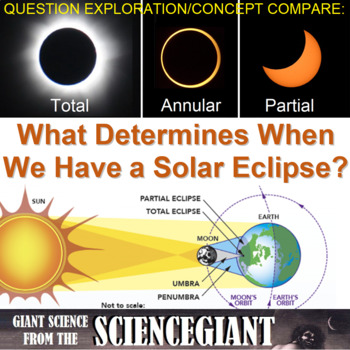
Concept Compare and Question Explore: Solar Eclipse on January 14, 2029
Why do eclipses happen? Why doesn't every new moon result in a solar eclipse? This question exploration helps students explain What determines when do we have a solar eclipse? It also includes: a concept comparison of three solar eclipses visible in the United States: a partial eclipse on Wednesday, January 26, 2028 and Sunday, January 14, 2029; an annular eclipse on Thursday, June 11, 2048; and a total solar eclipse of Wednesday, March 30, 2033 (only visible in Alaska. For the lower 48 states,
Subjects:
Grades:
7th - 10th
NGSS:
HS-ESS1-4
, MS-ESS1-1
Also included in: StayGiant Earth Science Bundle: Astronomy (space exploration)
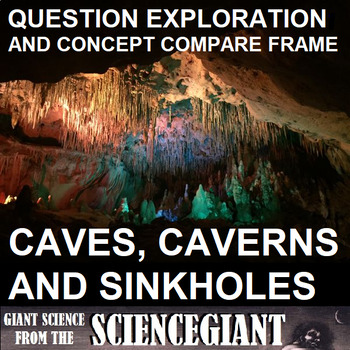
Question Explore and Concept Compare: Caves, Caverns, and Sinkholes
What causes cavities, caves, caverns, and sinkholes in karst topography? This question exploration explains landforms made by the weathering of limestone.
Question Exploration Routines are instructional methods that teachers can use to help a diverse student population understand a body of content information by carefully answering a critical question to arrive at a main idea answer. Students taught using the content enhancement routines earned higher total test scores than did students taught
Subjects:
Grades:
6th - 12th
Also included in: StayGiant Earth Science Bundle: The Hydrosphere (water)
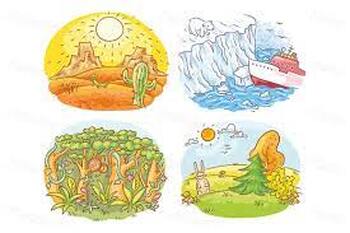
Climate Full Unit Packet (Guided Notes and Assignments)
This is the packet I use to teach my climate Unit in Earth Science. 26 pages including a cover coloring page, vocab, 5 sets of guided notes that accompany each lesson and 5 supplemental assignments (one for each lesson). Topics are: Koppen Climate Zones, Natural Causes of Climate Change, Man-Made Causes of Climate Change, Climate Change Problems, and El Nino/La Nina.
Subjects:
Grades:
7th - 10th
Also included in: Climate Full Unit (Lesson PowerPoints, Guided Notes, and Assignments)
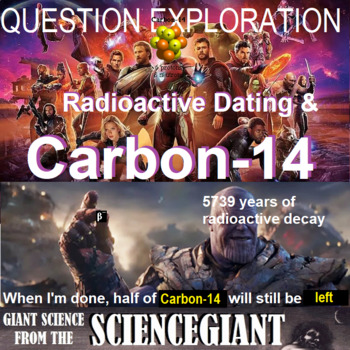
Question Exploration: What is Radioactive Dating? (carbon-14 dating)
What is radioactive dating? (such as carbon-14 dating). This Question Exploration help Ss explain half-life decay. Radioactive nuclei decay in different amounts of time based on their half-lives. Radioactive decay is the process by which a nucleus becomes stable.Question Exploration Routine is an instructional methods that teachers can use to help a diverse student population understand a body of content information by carefully answering a critical question to arrive at a main idea answer. Stud
Subjects:
Grades:
7th - 10th
NGSS:
MS-ESS1-4
, HS-ESS1-6
, HS-PS1-8
Also included in: StayGiant Earth Science Bundle: The Biosphere (biogeochemical cycles)

Science Guided Note Worksheet for PowerPoint Global Local Winds Coriolis Effect
This is a guided note worksheet that matches the free 18 page PowerPoint that includes notes, graphics, embedded videos, quick review, and social studies connection. This 1 page guided note worksheet that is set up Cornell note style for students to use as a guide and fill-in. You can facilitate this whole group or students can work independently through the PowerPoint.
Subjects:
Grades:
5th - 10th
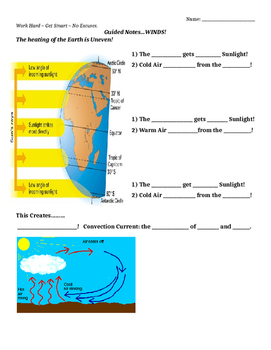
Winds and Convection Guided Notes
These guided notes are best used with the "Winds and Convection Powerpoint". The guided notes are very visual and interactive, with many diagrams to build conceptual understanding. Together, the guided notes and the powerpoint contain great content about Air Pressure, Convection, Winds, Global Winds, Local Winds, the Jet Stream and the Coriolis Effect. The powerpoint is very informational and exciting! It includes multiple engaging video clips, diagrams, and vocabulary. It is made to build stud
Subjects:
Grades:
5th - 9th
Types:
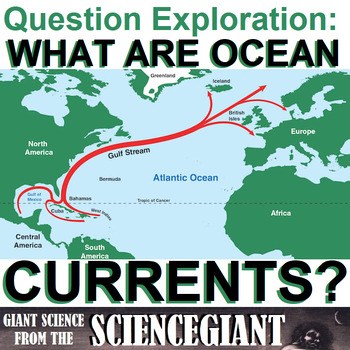
Question Exploration: What Are Ocean Currents?
What Are Ocean Currents? This Question Exploration helps Ss define currents and thermohaline circulation, explain what factors drive deep ocean and surface currents, identify the primary ocean currents. Includes 10 question quiz, and worksheet to label the currents.This product includes both the completed question exploration, and the student guide blanked except for vocabulary, scaffolding questions, and graphics already filled in. It includes a worksheet and recommended video for review. And
Subjects:
Grades:
6th - 12th
Types:
Also included in: StayGiant Earth Science Bundle: The Hydrosphere (water)
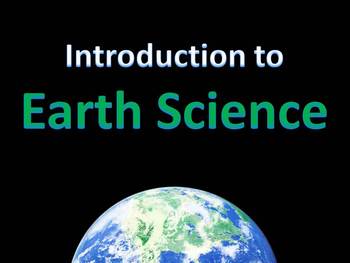
Introduction to Earth Science Guided Notes
This Word document accompanies my Introduction to Earth Science PowerPoint. It is a text version of the PPT slides in outline form, with blanks for each key word or concept. The students are able to follow the PPT without having to concentrate on writing a large amount of notes. This helps them stay focused and allows for more classroom discussion. They are then left with a complete summary of the day's lesson. This is a tried-and-true method in my 9th grade classroom for the past 5 years!
Subjects:
Grades:
8th - 9th
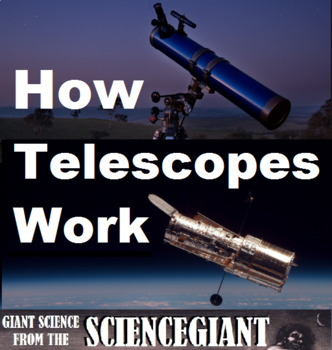
Concept Compare: Great Galileo! How Telescopes Work (refractor,reflector,radio)
What are telescopes and how do they work? This Question Exploration helps Ss explain how do different types of telescopes work. The Concept Comparison contrasts refracting, reflecting and radio telescopes. And there is a Frame reviewing the astronomical accomplishments of the first champion of telescopes -- Galileo Galilei. Magnifico!Framing Routines and Question Exploration Routines are instructional methods that teachers can use to help a diverse student population understand a body of content
Subjects:
Grades:
7th - 10th
NGSS:
HS-PS4-5
, MS-PS4-2
, HS-PS4-1
Also included in: StayGiant Physics Bundle: Optics
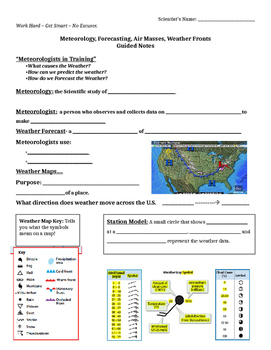
Meteorology, Forecasting, Masses, Fronts Guided Notes
These notes are best used with the "Meteorology, Forecasting, Masses, Fronts Powerpoint". The notes includes a lot of diagrams and visuals for all of the key concepts and vocabulary. The first page is Meteorology and Forecasting, the second page is air masses, and the third page is a graphic organizer about the four main types of weather fronts, how they form, and the weather they bring. The powerpoint is very informational and exciting! It includes multiple engaging video clips, diagrams, an
Subjects:
Grades:
5th - 9th
Types:
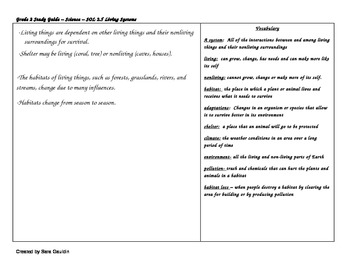
Science VA SOL 2.5 Study Guide Living Systems - Habitats
This study guide is a supplement to cover the topic of habitats. I have included the desert, arctic, woodland forest, rain forest, the grasslands, the ocean, rivers, lakes and streams. The study guide is constructed to cover the VA SOL essential knowledge and to elaborate on each item covered.
Subjects:
Grades:
1st - 3rd
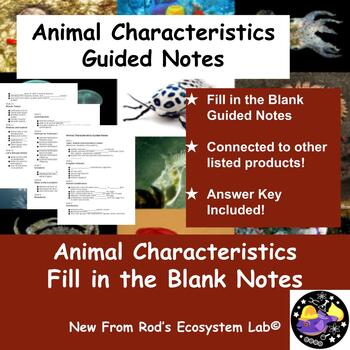
Animal Characteristics Fill in the Blank Guided Notes w/Answer Key **Editable**
Fill in the Blank Guided Notes focused on the Animal Characteristics Lesson in Biology. See Thumbnails for more details. Simply purchase, download and copy!To be paired with FREE Slide ShowFill in the blank questions to keep students engaged.Unlike other teacher's resources, this is totally editable!**Answer Key Included**Check out these other products made for this lesson!Slide Show PresentationGuided NotesVocabulary WorksheetResearch Prompt WorksheetLesson Quiz5E Lesson PlanBe sure to check ou
Subjects:
Grades:
6th - 12th
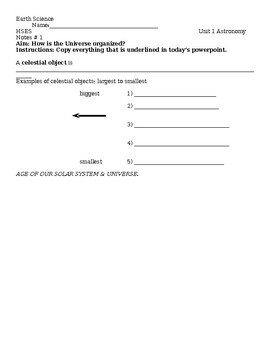
NY Regents Earth Science Astronomy Unit Guided Notes
This file contains 10 "Guided Notes" that cover everything students need to know pertaining to the Astronomy Unit of the Earth Science Regents course. This file should not be purchased alone. This file should be purchased as part of bundle along with the corresponding "Astronomy Lessons". The "Astronomy Lessons" powerpoints contain video links, gifs, charts/diagrams and Regents questions to aid in student comprehension. This bundle will allow teachers to teach the material quickly and/or differe
Subjects:
Grades:
6th - 12th
Also included in: NY Regents Earth Science Astronomy Unit Lessons and Guided Notes
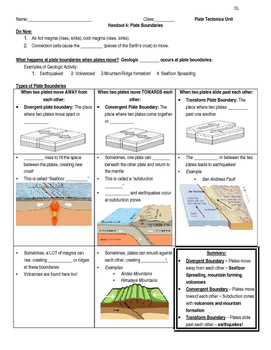
Plate Boundaries Handout
Use this handout with "Plate Boundaries Powerpoint" to teach your students about convergent, divergent, and transform plate boundaries! There are practice questions on the back along with scaffolded notes. Check out my Plate Tectonics Unit category for more plate tectonics related lessons.
Subjects:
Grades:
PreK - 12th, Higher Education, Adult Education
Showing 1-24 of 526 results




